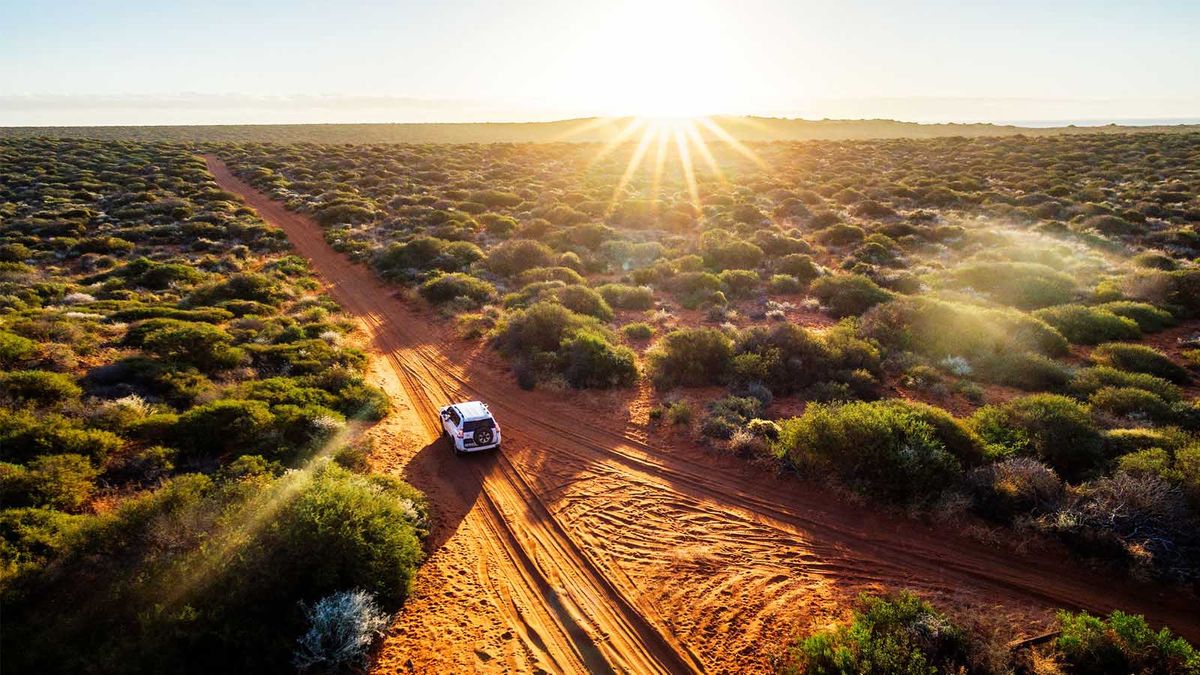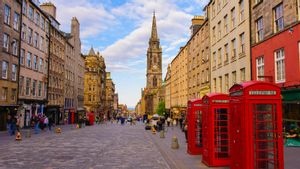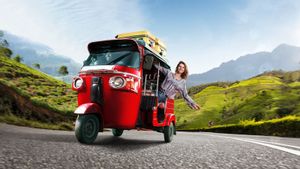It’s been over an hour since I’ve spotted any sign of human life on this road—no cars, no passers-by… just the occasional wallaby. Welcome to one of the world’s most remote highways that connects the Northern and Southern centres of Australia. Not a lot has changed around here since the 1860s when the legendary explorer John McDouall Stuart made the journey from Adelaide in the South all the way to Darwin, the capital of the Northern Territory. It’s still untamed and desolate, a land where Aboriginal legends continue to fill the air. Australia has just opened up its borders to vaccinated travellers and if you’re looking for a road trip packed with adventure, I’d suggest you start in Darwin, the Northern tip of this vast country.
Sights around Darwin

I explored some sights around Darwin before setting out on Stuart Highway. My first stop was at Litchfield, a national park just two hours away from the relaxed, coastal vibe at Darwin. The cathedral termite mounds that rise up to 4 metres have survived for over a century.
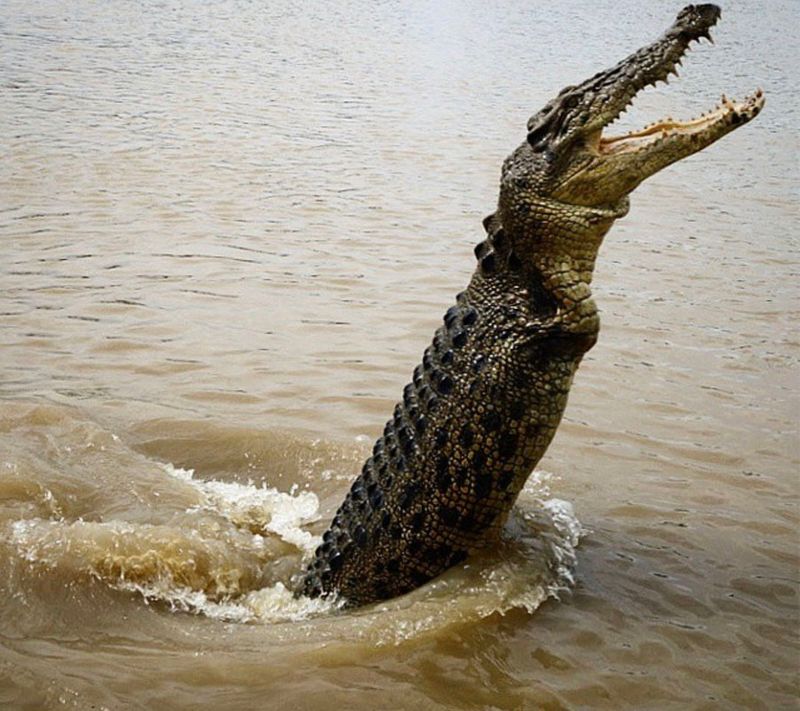
That was not the only ‘big’ thing I spotted here. The jumping croc cruises along the Adelaide River bring you up close with the world’s largest reptiles. With an average length of 15 feet, Australia’s saltwater crocodiles’ (they call them salties around here) are an unforgettable sight, immortalised in Crocodile Dundee—a 1980s production that went on to become one of the biggest hit films from Australia. It’s only when they jump, for the dangling chunks of meat, that you realise how ridiculously large these salties are.
Kakadu National Park
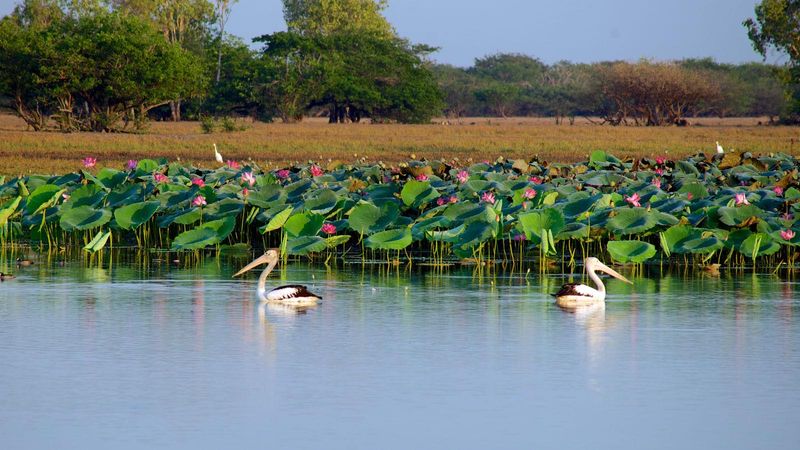
Day two takes me to the heart of Kakadu National Park, home to some Aboriginal communities for over 50,000 years—one of the world’s longest-living cultural landscapes. That’s one reason why this 20,000 sq. km park is now a world heritage site.

Ubirr is one of the Park’s most famous spots, where some of the rocks are adorned by Aboriginal art that dates back at least 20,000 years. The park also has a series of towering waterfalls like Jim Jim and testing treks (I had to brave 40-degree plus summer temperatures) that lead to lookouts like Nawurlandja with sweeping views of the landscape.
Photo stop at the Tropic of Capricorn
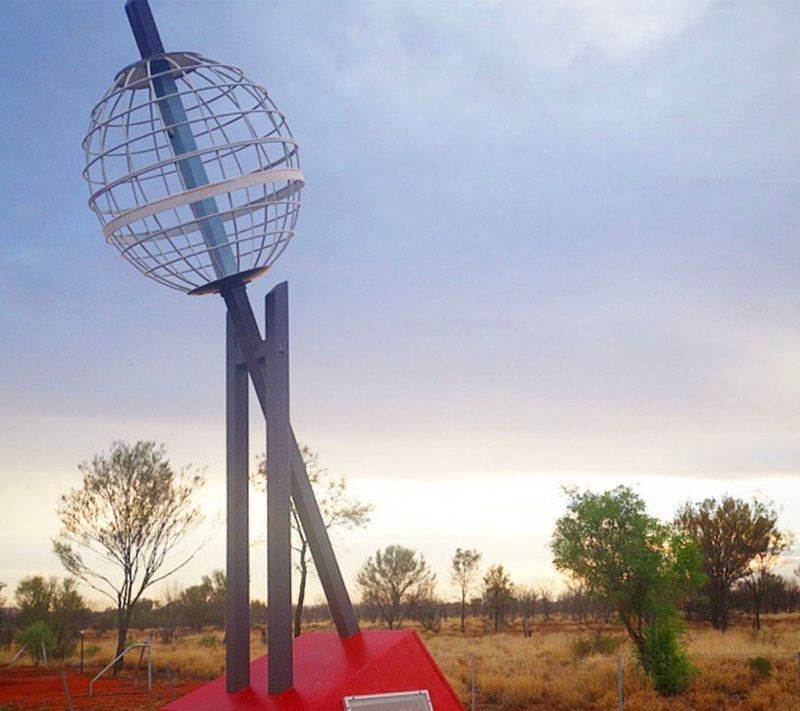
Daly Waters is a popular pit stop that’s 600 km south of Darwin. Once an important airfield, there’s not a lot left here aside from the quirky Daly Waters Pub that is now a magnet for road trippers. It was the perfect spot to recharge for the 12-hour long, 1000 km drive from Daly Waters to Alice Springs with more interesting stops along the way. The first was Karlu Karlu, Devil’s Marbles an unusual site where a series of boulders are precariously perched atop one other—a result of weathering and erosion over thousands of years. Not surprisingly this site is steeped in Aboriginal legends. The next stop was the point where the Tropic of Capricorn intersects the Stuart Highway—just enough time to get those ‘I was there at the Tropic’ pictures.
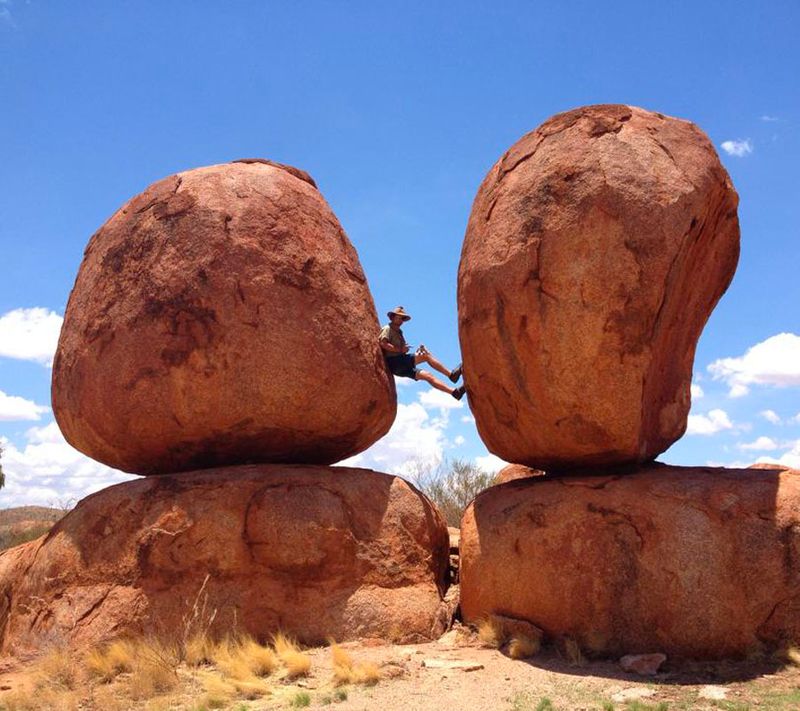
Flying Doctors
Alice Springs was not my last stop on this trip crisscrossing Northern Territory. This is Australia’s third-largest state; it is more than 40% the size of India but is home to fewer people than one of Mumbai’s suburbs (a population of about 2.5 lakh). Alice Springs is the geographic centre of the country where the country’s iconic ‘Flying Doctors’ service took wings. A compact but fascinating museum that pays tribute to this lifeline in Australia. Alice Springs is also the gateway to one of the country’s most spectacular sights and the reason I made this trip. I still had to make one stop before I got there though.
The trek up heart attack hill
I snuggled up in a swag (‘Australian’ for bedroll) under the stars at the camp near King’s Canyon halfway between Alice Springs and Uluru. I needed to recharge before a demanding six-kilometre Canyon Rim walk that begins at sunrise. The sandstone walls of the Canyon were formed when small cracks eroded over centuries. The four-hour trek begins with an insanely steep climb dubbed ‘heart attack hill’. Trust the Aussies to come up with fun descriptors. King’s Canyon captures the essence of the Outback—untamed, intriguing, spectacular, and tough.
My favourite spot in Australia
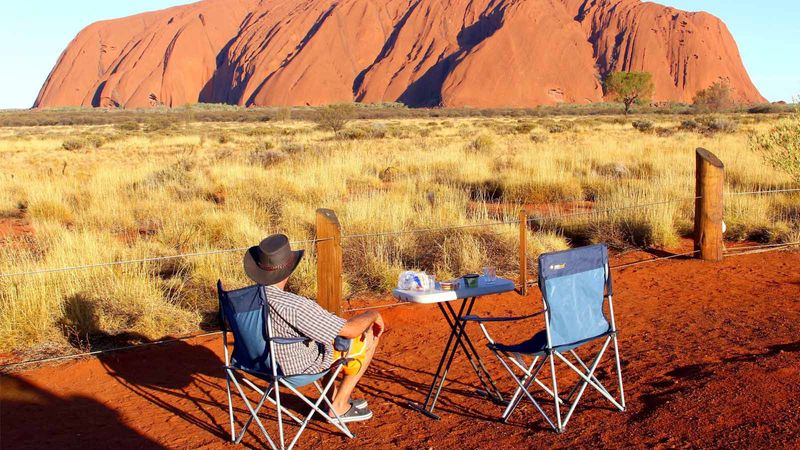
A seven-hour drive along the Stuart and the Lasseter highways eventually leads me to a destination that remains my favourite spot in Australia. Uluru/Ayers Rock has long been a mythical symbol of Aboriginal culture. Often referred to as Australia’s red centre, it is one of the world’s largest monolithic structures along with the Sugar Loaf Mountain in Rio de Janeiro. Ayers Rock took its name from the chief secretary of South Australia in the 1870s—when it was first sighted by the Europeans. It was only in 1993 that this sandstone formation reverted to its original Aboriginal name. Uluru has a circumference of 9.4 kms and rises 348 metres above the ground. Sunset or sunrise? I chose both.
First, it was the dying moments of the evening when the dark brown gets transformed into fiery ochre, and then I arrived back in time for the sunrise even though it meant waking up at 4 am. Uluru is equally spectacular at both these times of the day and if you’re lucky occasional clouds can add an element of drama to your picture. While there is no formal restriction on climbing Uluru, the local Anangu people consider it a sacred site expecting the same veneration from visitors. I opt for a walk with an Anangu guide around the base just after sunrise and am transported to another time and place—a fascinating realm of Aboriginal legends and tales. There are few sites that can match the allure of Uluru at sunset or sunrise, not just in Australia but almost anywhere in the world. It was a brief passage of time, but it was those five minutes that made the long drive well worth it.


